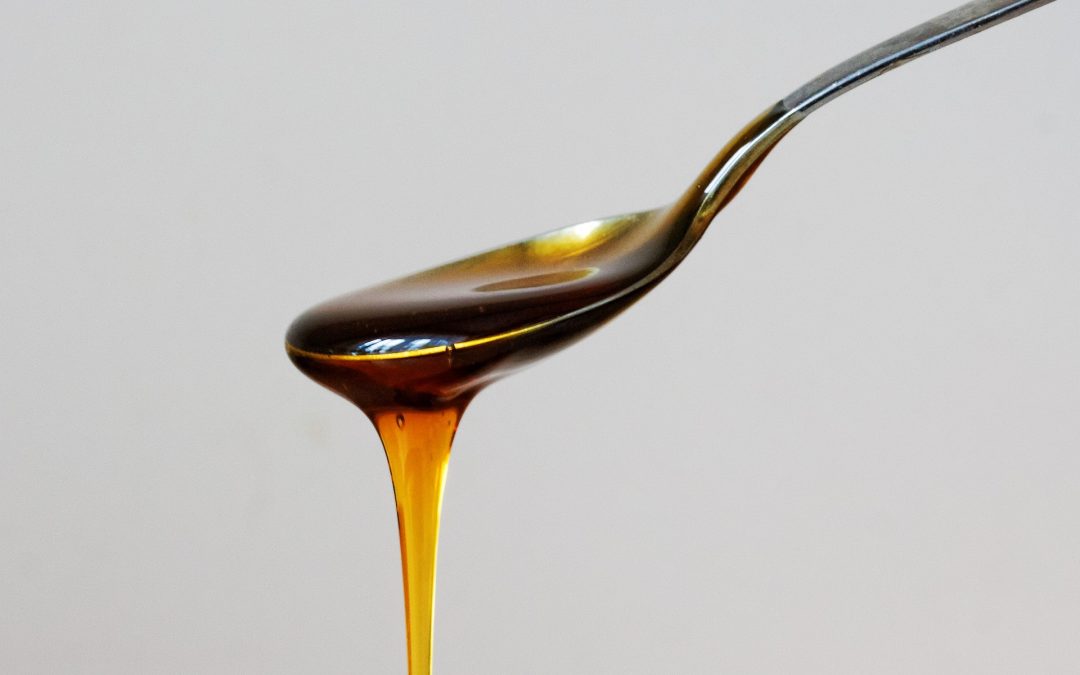Jun 14, 2019 | Everyday Wellness
We hear that calcium is essential to strong bones, and that the best source of calcium is dairy products. But is that the whole story? How should you get the calcium you need?
As a teenager, I remember TV commercials featuring celebrities and athletes proudly wearing milk mustaches, gazing into the camera, and asking, “Got Milk?” That campaign ran from 1993 to 2014 and made a strong and lasting impression on consumers. But is the message valid?

May 9, 2019 | Everyday Wellness
A new report from Sara Middleton, writing for www.naturalhealth365.com, tells of a peer-reviewed study in the journal Science Translational Medicine that is a bit scary. A substance called propionate (a salt from a short-chain fatty acid called propionic acid), which is commonly used as a preservative in baked goods to inhibit mold, increases insulin resistance–even at a “very low dose.” That’s bad news for us Type 2 diabetics, whose insulin resistance is already causing us problems. (But then, we should be frugal with baked goods in our diet, too!) The study, by Amir Tirosh, et al., was reported in the April 24, 2019, issue of the journal.

May 9, 2019 | Everyday Wellness
Additives are used to enhance the flavor, appearance, or texture of a food, or as a preservative. Some should be avoided, while others are considered safe. What are the most common ones, and what should be do about them?
MSG: Monosodium glutamate has raised a ruckus since 1969, when a study of mice found that large amounts caused harmful neurological effects and impaired growth and development. Since then, the controversial substance has been the subject of many studies, and many Asian restaurants have stopped using it. Jury is still out on it, but it’s probably best to avoid it.
Apr 4, 2019 | Everyday Wellness
Dr. Rupy Aujla is in General Practice and Emergency Medicine in England, and for several reasons he has changed his eating lifestyle and offers not only nutrition advice but recipes as well at www.thedoctorskitchen.com. He was one of the speakers at a recent “Wellness Summit by Food Matters TV (www.fmtv.com) and offered these tips for better health:
Mar 26, 2019 | Everyday Wellness
When we eat food, most of it is broken down by our body’s system into a simple sugar called glucose. Glucose is our main source of fuel for our ENERGY. After digestion, the glucose reaches our blood stream, where it is available for our energy. BUT insulin is needed for glucose to get into your cells, so that fuel can be transformed to ENERGY.
Mar 21, 2019 | Everyday Wellness
1. Soothe sore muscles. An Epsom salt bath is a great after-workout soak and a wonderful way to relax and relieve stress. Dissolve 2 cups of salts to a warm bath. Soak for 10-15 minutes for best results.
2. Exfoliate skin. As we shed our skin naturally, dead skin cells buildup can clog pores and cause blemishes. Your face needs to be exfoliated along with the rest of your body. Mix a teaspoon of Epsom salts in your hand with a little warm water. Scrub your face with the mixture; then rinse clean; you can exfoliate your body in the shower. You can even make a lip balm with equal parts organic coconut oil and Epsom salts.


